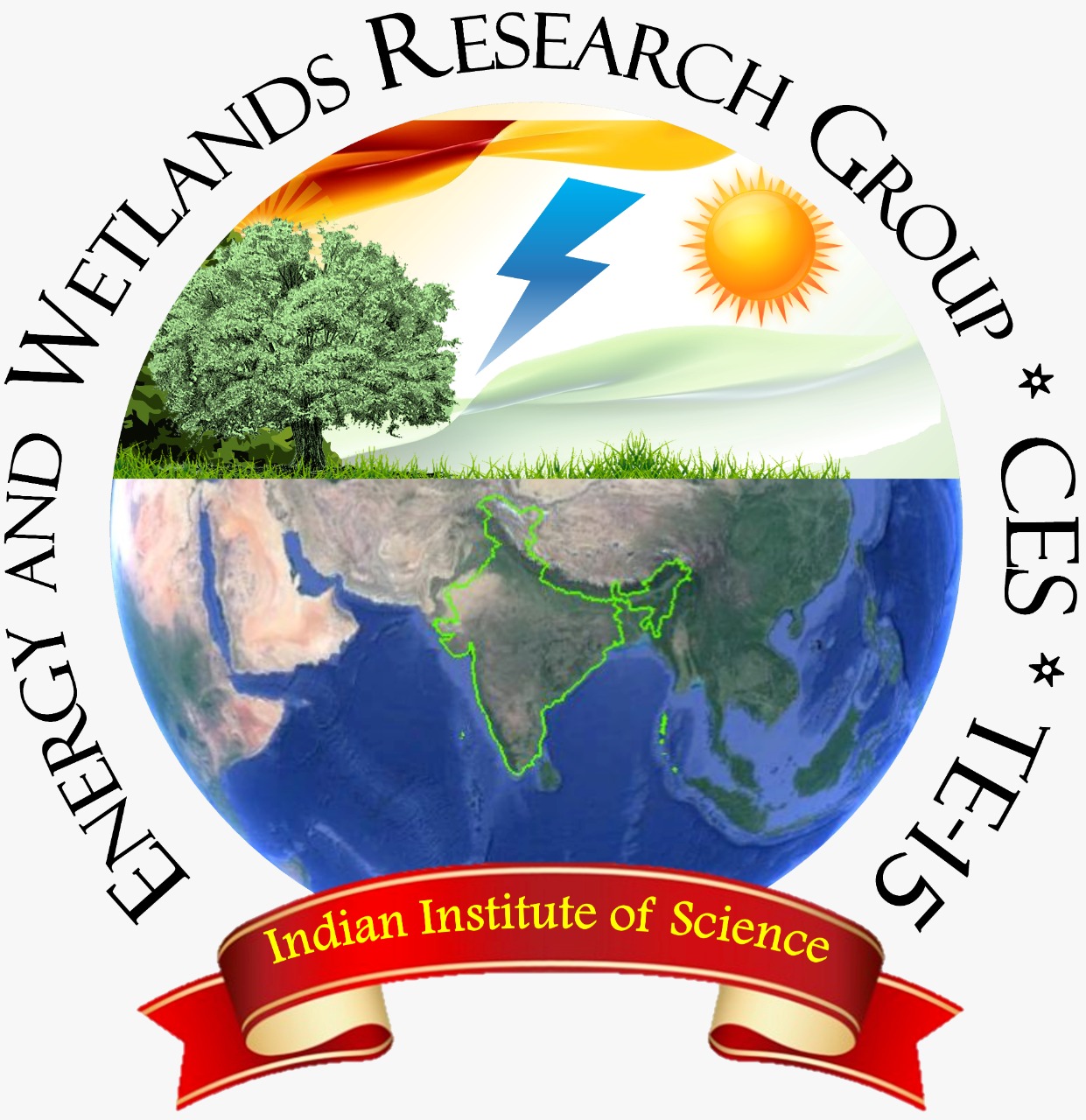 |
Third-generation bioethanol: status,
scope, and challenges |
 |
Deepthi Hebbale1,2 T.V. Ramachandra1,2,3
1 Energy and Wetlands Research Group, Centre for Ecological Sciences [CES], 2 Centre for Sustainable Technologies (astra)
3 Centre for infrastructure, Sustainable Transportation and Urban Planning [CiSTUP]
Indian Institute of Science, Bangalore – 560012, India.
|
Abstract
Fossil fuel depletion due to burgeoning demand in industrial and transportation sector associated with the increasing concerns of greenhouse gas footprint and dwindling stock of fossil reserves has necessitated the exploration of sustainable, technically feasible and environmentally sound energy alternatives. Biofuels from biomass are emerging as promising alternative to fossil fuels. Among this, bioethanol stands out as viable fuel in the transportation sector due to the possibility of blending with gasoline with an opportunity to mitigate carbon footprint. Bioethanol from first- and second-generation feedstocks did not meet the expectations as they competed with either food or land and the requirement of cost intensive production process for removal of lignin. Bioethanol from algal biomass- third generation feedstock regarded as sustainable feedstock gained worldwide attention due to its wide applicability to achieve biorefinery. In this backdrop, the current chapter presents the scope and challenges in the bioethanol production from the third-generation feedstock. The chapter introduces the feedstock available in India followed by the bioethanol production process namely hydrolysis, enzyme saccharification and fermentation technologies. The penultimate section highlights the scope for economically viable approach through adoption of integrated. biorefinery. Concluding section, outlines the scope for process optimization for the successful commercialization of bioethanol with the value-added products from the macroalgal feedstock. Keywords: 3G Bioethanol, biorefinery, Enteromorpha intestinalis, enzyme saccharification, fermentation, macroalgae, 3G Bioethanol: Status, Scope and Challenges
|
|
Citation :Deepthi Hebbale and T.V. Ramachandra, 2022. Third-generation
bioethanol: status, scope, and challenges, 19th Chapter, In: Sanjay Sahay (Eds),
Handbook of Biofuels, Elsevier- Academic Press, UK, Pp 295-309
|